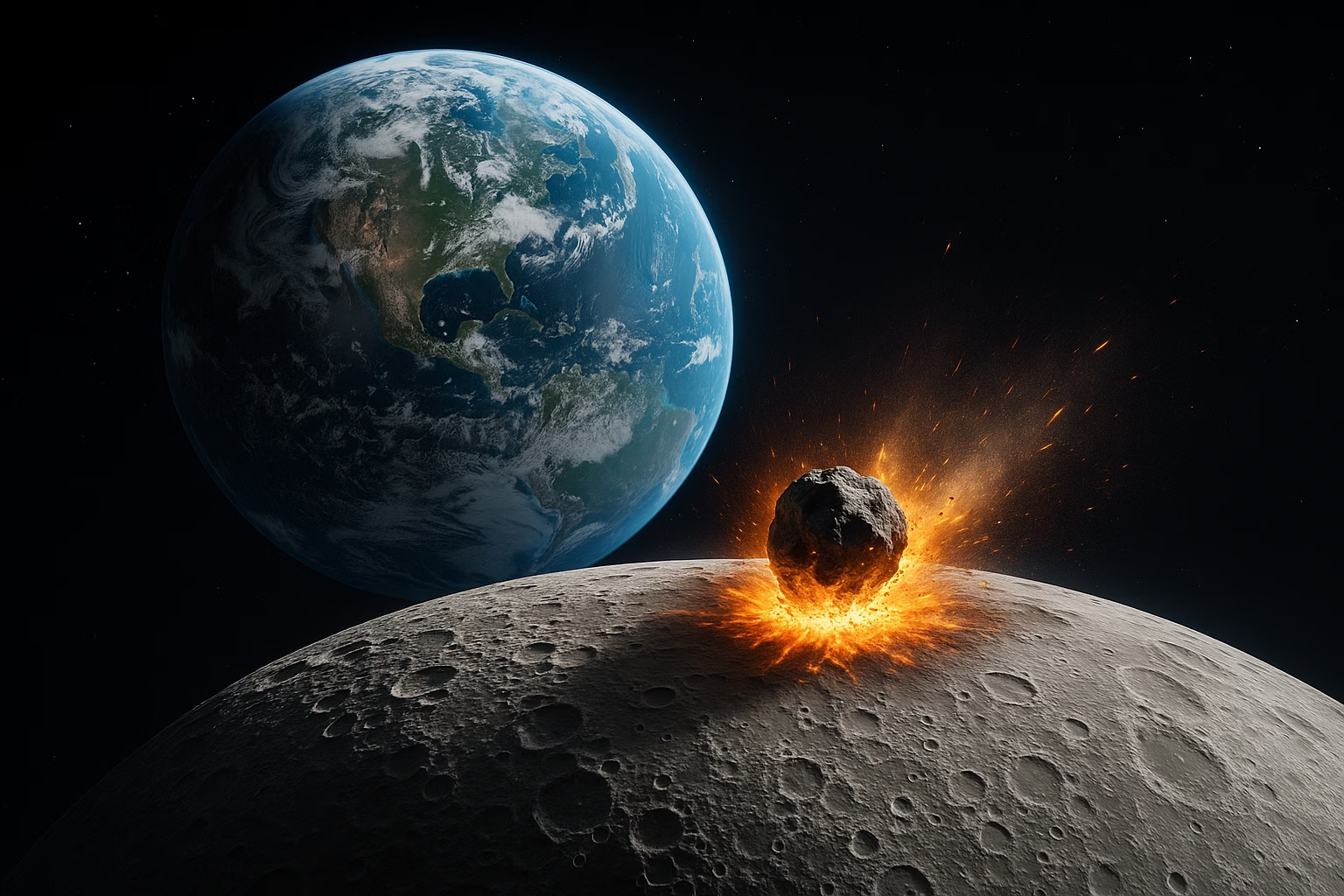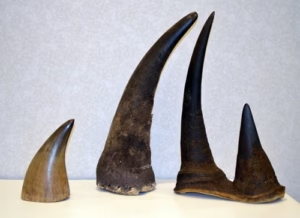In a development that has stirred both scientific curiosity and public anxiety, researchers are examining the potential of using nuclear weapons to break apart an asteroid that could strike the moon in 2032. The discussion, while preliminary, underscores how little is known about asteroid deflection and the possible consequences for Earth if such a body collides with our nearest celestial neighbour.
A new object of concern
Asteroid 2024 YR4 was discovered in December 2024 and immediately drew widespread attention. Initial calculations suggested a relatively high chance of it colliding with Earth in 2032, with early assessments estimating a peak probability of 3.1 percent. Such odds, while small, were high enough to attract alarm given the asteroid’s dimensions of roughly 180 feet, or 55 metres, wide. A rock of that size has the potential to destroy a city.
Follow-up observations, however, dramatically altered the picture. By February 2025, refinements to its orbit reduced the likelihood of an Earth impact to 0.28 percent, or less than one in 360. This removed the immediate threat to human life on the planet.
Risk shifts to the moon
Yet while Earth is no longer a primary target, attention has now turned to the moon. Revised calculations suggest a 4 percent chance that the asteroid could crash into its surface. Scientists caution that even this outcome would not be without consequence.
An impact of that scale would kick up vast quantities of lunar regolith, the dusty top layer of rocks and soil on the moon. This debris, known as lunar ejecta, could multiply the number of micrometeoroids in Earth’s orbit by a thousand times. The danger, the researchers note, lies in the fact that even tiny fragments of rock are capable of puncturing satellites, spacesuits or spacecraft. As the paper explains,
“above background levels … possibly threatening astronauts and spacecraft.”
The threat would therefore extend to assets such as the International Space Station, provided it remains in orbit past its planned decommissioning date of 2031.
Challenges of deflection
The study, which was released on 15 September on the preprint server Arxiv but has not yet undergone peer review, stresses that deflecting the asteroid may prove more dangerous than allowing it to continue on its course. The primary challenge is the uncertainty surrounding the asteroid’s mass. Without this knowledge, any mission to push it aside could inadvertently redirect it toward Earth.
Previous attempts at asteroid redirection have provided valuable lessons. In 2022, NASA’s Double Asteroid Redirection Test (DART) successfully altered the orbit of a moonlet named Dimorphos around its parent asteroid, Didymos. The success was hailed as a milestone in planetary defence, but the researchers emphasised that circumstances surrounding 2024 YR4 are far more complex. As the study put it, any attempt to deflect this asteroid would
“appear impractical”
given the limited time to observe the object before its close approach in 2032.
Breaking it apart
Instead of trying to divert its orbit, scientists suggest shattering the asteroid. A spacecraft could be launched to strike 2024 YR4, not to shift its path, but to fragment it into smaller pieces. Although this concept has never been tested, simulations indicate it could work. NASA would have a window to launch such a mission between April 2030 and April 2032, providing some time for preparation.
If that fails, the paper considers a more dramatic option: deploying a nuclear weapon. The idea would be to detonate a nuclear device either on or near the asteroid, destroying or severely weakening it before it reaches the moon. Although this approach remains untested, it is considered technically feasible. The timeline would be tighter, with a launch required between late 2029 and late 2031.
The odds and the opportunity
While the probabilities remain low, the issue has prompted reflection on how humanity prepares for such celestial threats. The researchers emphasise that there is still a 96 percent chance that asteroid 2024 YR4 will not collide with the moon.
They argue, however, that the situation presents an important opportunity. The authors call upon other experts to provide timelines for building such spacecraft and to develop potential mission designs. Even if 2024 YR4 ultimately poses no danger, the lessons could prove critical should a more threatening asteroid appear in future.
















